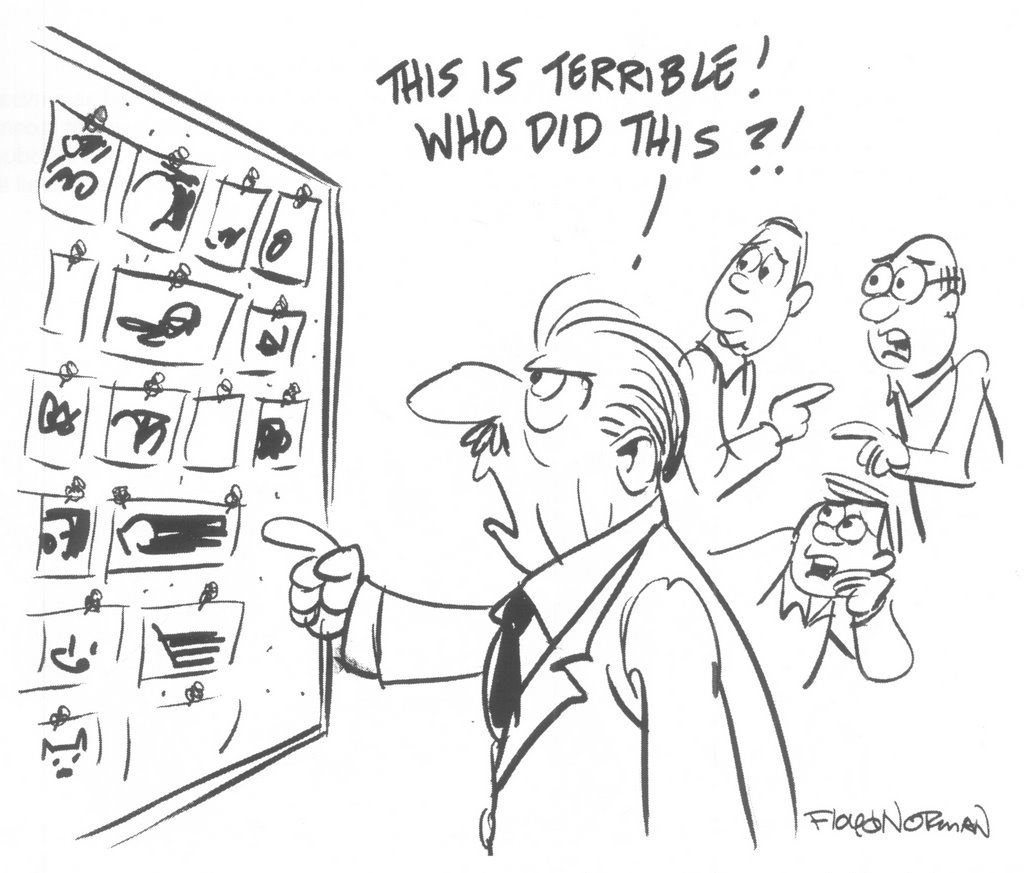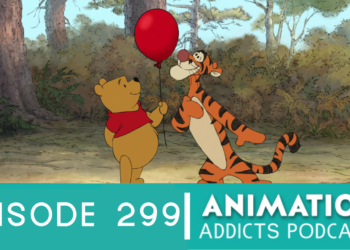
After One Hundred and One Dalmatians wrapped its production, Disney writer/art director Ken Anderson and Nine Old Men veteran Marc Davis began working on one of their pet projects. Said project was the folk legend of Chanticleer, the rooster who sang the sun into the sky each morning. Two more members of the Nine Old Men, Milt Kahl and Wolfgang “Woolie” Reitherman, loved the idea. Working together, the four men began churning out storyboards and concept art for Chanticleer.
However, there was at least one man at the studio who hated the Chanticleer project. That man was Disney Animation’s legendary storyman, Bill Peet. Peet had his own ideas about what the studio should do next: a retelling of the King Arthur legend, based on T.H. White’s The Once and Future King. Peet was the only person who thought the King Arthur project was a good idea, but that didn’t deter him. He began working up a storm, drawing up all the storyboards for the film on his own.
Eventually, the time came for the two projects to be pitched to Walt. Walt came out of the Chanticleer pitch considerably less than impressed (and that’s an understatement).

On the flip side, Walt came out of Bill Peet’s pitch feeling enthusiastic. He had just seen a production of Camelot, an Arthurian musical that was taking Broadway and the theater world by storm. Walt saw the huge profits Camelot was raking in, and he was understandably eager for a piece of the pie. Peet’s King Arthur pitch was just what the doctor ordered. Walt brought the animators together and told them that the studio was going ahead with the King Arthur story.
The animators were quite perturbed by this news. It was well-known that Peet had never been a fan of Chanticleer, and several of the animators accused Peet of not championing the project. Hard feelings were carried for a brief time, but the animators eventually put the tension behind them and threw themselves into the King Arthur story. The resulting film was 1963’s The Sword In The Stone!

The Sword In The Stone begins with the classic Disney-storybook opening, followed by a Cliffs-Notes summary of the legend of the sword in the stone. In case you’re not familiar with the legend, here’s all you need to know: after the death of England’s king, the nation has trouble finding an heir to the crown. In the midst of this turmoil, a sword magically appears in an anvil in the middle of London. Below the hilt, the sword states that whoever pulls the sword from the stone must be crowned king. Unfortunately, no one is able to budge the sword, and England descends into the Dark Ages.
One bright day, young Arthur (better known as Wart) is out hunting with his muscle-bound but lunkheaded stepbrother, Kay. While retrieving Kay’s arrow, Arthur stumbles into the small cottage where Merlin, the world’s most powerful (and curmudgeonly) wizard lives with his pompous owl Archimedes. Merlin has been expecting Wart. Over tea, Merlin informs Arthur of his intention: to be Wart’s tutor. Arthur’s unsure about this; he’s confident that his no-nonsense stepfather, Sir Ector, will disapprove. Ector does disapprove, but after Merlin demonstrates a little magic, Ector comes around.
With that permission, Merlin proceeds to transform Arthur into a menagerie of animals, including a fish, a squirrel, and a bird. Each of these transformations is meant to teach Arthur a lesson, all revolving around the theme of brains being more powerful than brawn. Meanwhile, Sir Ector, Sir Kay, and Sir Pellinore are preparing for the big New Year’s Day jousting tournament in London. To the victor will go the crown (or so they think).

The Sword In The Stone‘s story structure sets the precedent for Robin Hood, The Jungle Book, and Disney Animation’s other comedies of the ’60s and ’70s. There’s not really any plot to speak of; the film is more of a series of vignettes tied together by recurring characters. Personally, I’m fine with this kind of loose structure, as long as the vignettes are fun and entertaining, and they are here!
The Sword in the Stone is primarily built around the sequences where Arthur is transformed into animals. Each of those segments is built around a lesson Arthur must learn and a fun Sherman Brothers song that must be sung. While the Shermans’ work in this movie isn’t their best (that would have to wait until their next project, Mary Poppins), it’s serviceable; the songs are light and catchy.
In fact, if I have any complaint, it’s that Arthur rarely learns his lesson. In fact, he has to be bailed out of every situation; over the course of the movie, he’s rescued by Archimedes, a female squirrel, and Merlin himself. That’s only a tiny nitpick, though!

In my humble opinion, the characters are possibly the strongest element of The Sword In The Stone! Now, admittedly, very few of the characters are well-rounded; most of them are archetypes. However, they depict their traits so charmingly that I’m willing to love them anyway. Each character has a couple of dominant character traits that define their whole personalities: Merlin is the curmudegonly-but-lovable teacher; Archimedes is the stuffy, pompous intellectual; Kay is the dull-witted muscle man; Sir Ector the loving but befuddled stepfather, and Madam Mim the villain who joyfully does evil things. Each is fun to spend time with, and they really carry the film.
Fun fact by the way: Merlin’s personality was based on Walt Disney’s interactions with Bill Peet. Peet and Walt never had smooth sailing over the course of their relationship, even though the two respected each other. Peet used Merlin as a subtle way to poke fun at his employer!
The other great strength of the film is the animation. The animators may have been perturbed during the production, but you wouldn’t know it from the quality of their work. In fact, many animation historians cite The Sword In The Stone as indicative of the Nine Old Men’s strengths. Many people discuss the famous Wizard’s Duel as the finest example of animation in the film, but I personally prefer this smaller, more comedic moment. The animation enhances the comedy perfectly!
Well, I suppose it’s time to sum things up. Many would argue that The Sword In The Stone is no masterpiece, and they’re right. Disney Animation had done better before, and they would do better again. However, a film doesn’t have to blow our minds to be worth watching. For me, this is one of my “comfort food movies.” Is it empty calories? Yes. It’s tasty, though! The Sword In The Stone may not be much at first glance, but it’s a fine way to spend a lazy afternoon!
What do you think of The Sword In The Stone?
Edited by: Kelly Conley





